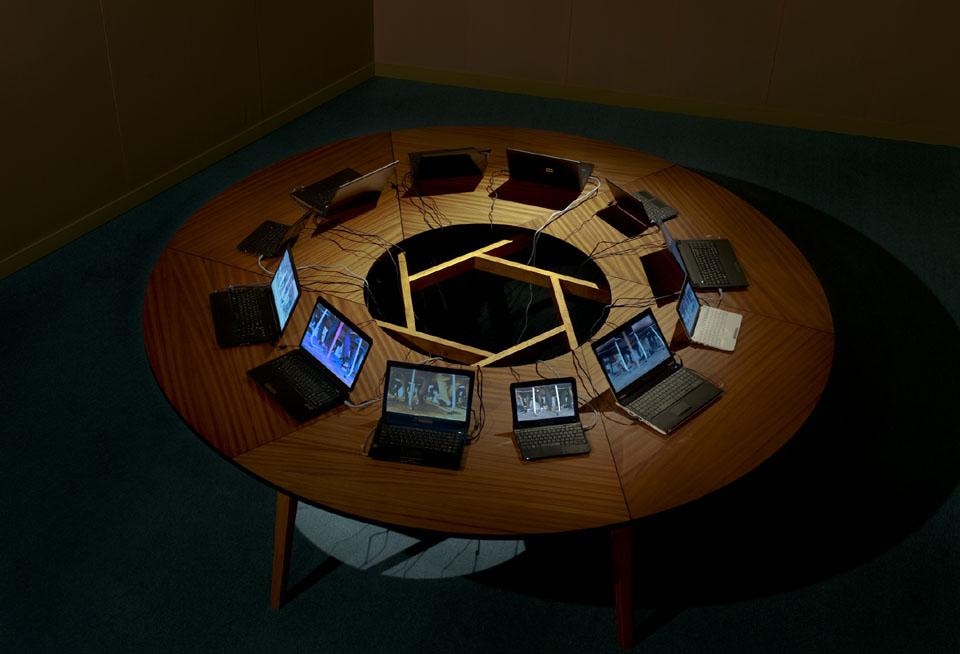So, in the Giardini you can visit the pavilions of the countries that have been the benchmarks of world order for 100 years but, to see the others, you have to leave the great traditional Biennale venues and explore the whole city. For those visiting the Biennale, however, the old pavilions are major reference points and, this year in particular, harbour numerous welcome surprises for those who only go to the Giardini.
The first is provided by the United States pavilion, which rises prominently at the end of the main path in the Giardini. Its artist, the Puerto Rican-born duo Allora & Calzadilla, announce their presence from the outside of the building with a spectacular installation consisting in an upturned tank topped with a treadmill. The tank comes to life once an hour as its tracks turn idly and noisily and a man with an athletic physique runs on the treadmill for a few minutes. Not far away is the Great Britain pavilion, rendered unrecognisable by Mike Nelson, who has created inside it a maze of tiny unkempt rooms, cubby holes and wooden stairs. The whole opens onto a small patio and evokes Istanbul but also Venice—albeit a very different Venice from that acting as a backdrop to this Biennale. Everything in this microcosm speaks of nostalgia, abandon, poverty and want.
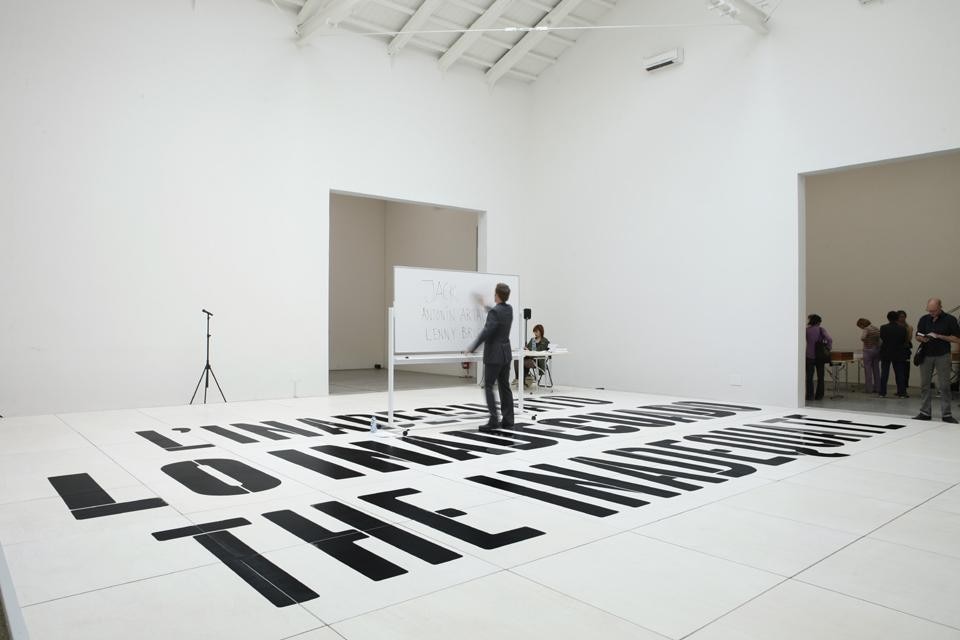
above: Dora García, Inadequate; photography: Andrea Basile. Spanish Pavilion.
The Spanish pavilion, entrusted to Dora García, expresses inclusivity and receptiveness to the developments of the coming months. García declares she is not "a biennial artist" and equates the Venice Biennale with a big fair. She adopts the theoretical stance of non-authorship. Actually, she is on the exhibition scene but the works proposed truly are the product of alternative work models. What they have in common is a propensity for sharing and an extended timescale; in fact, they rarely materialise as finished objects. Mostly, they retain the form of processes, actions and stories experienced directly by that artist and those who share them.
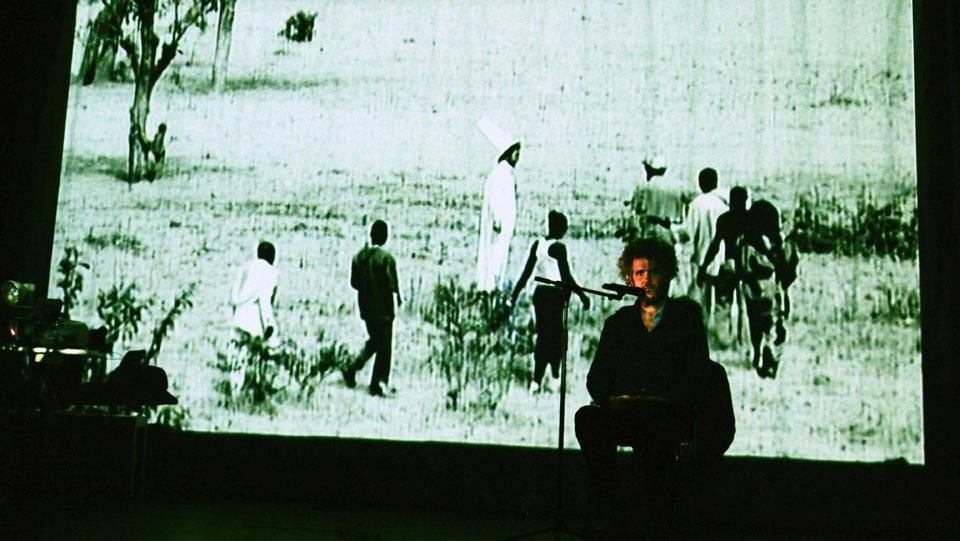
As her work here takes the form of an ongoing performance entrusted to numerous players, the pavilion has become a theatre stage with a thoughtful but unostentatious scenery of books, texts, videos, reading corners and platforms, all ready for presentations and discussions.
By evoking the tension and tragedies caused by the inability to live together, the metaphor constructed by Bartana reaches well beyond recent history and transcends events to acquire a universal meaning.
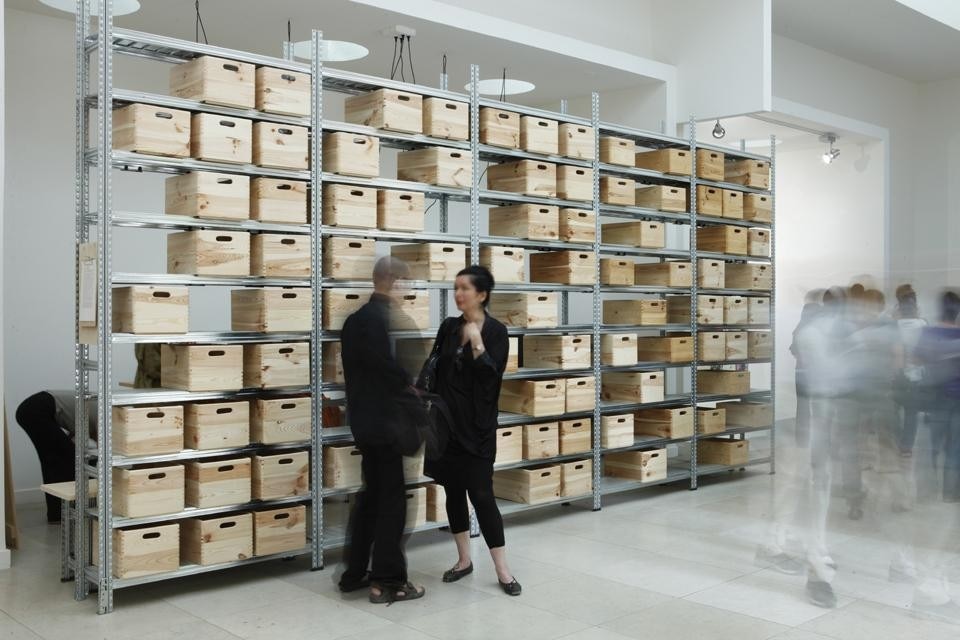
The discrepancy between the two versions is most eloquent. Also here are Jan Svankmajer's films, extraordinary metaphors of the social-engineering stratagems and subtly coercive policies adopted by oppressive systems. In particular, his 1968 The Garden refers to the situation in Czechoslovakia at the time. At the side of the pavilion, like a parasite, is a structure with a huge megaphone—a "Speaker's Corner" built by Thomas Kilpper and an explicit invitation to "make yourself heard".
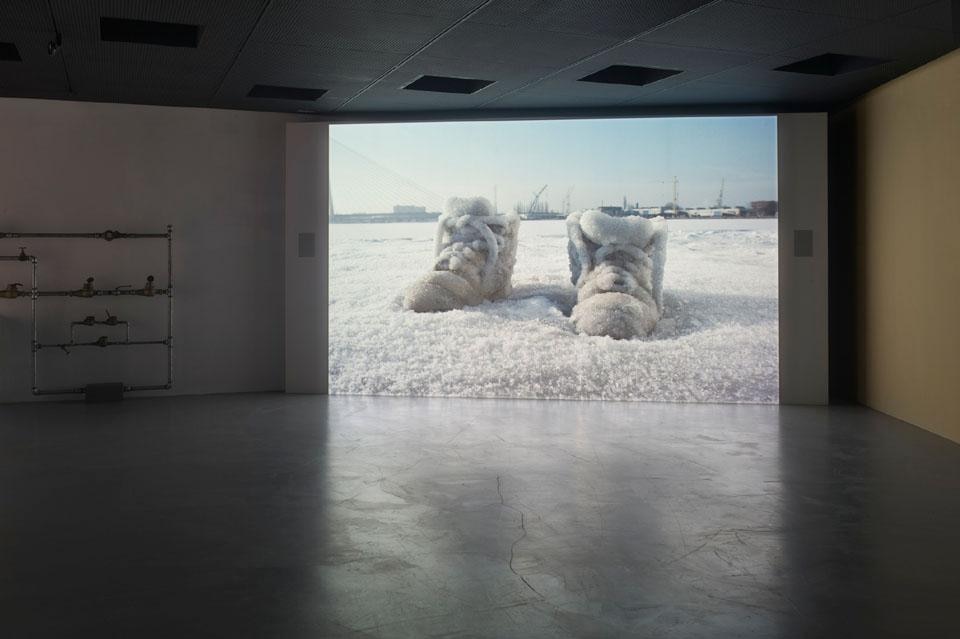
The inspiration of freedom is also the drive behind the Egyptian pavilion but this time art is fused with life; life is heroic deeds and life is tragedy. Visitors sit in the darkness and fall silent as the screens in front of them show the moving scenes of the demonstrations in Tahrir Square. Portions of the videos focus on performances by the artist Ahmed Basiony, who participated wholeheartedly in the demonstrations until he was killed in January, during the uprising. His last Facebook post ended with the words "If they want war we want peace. I am just trying to regain some of my nation's dignity."
